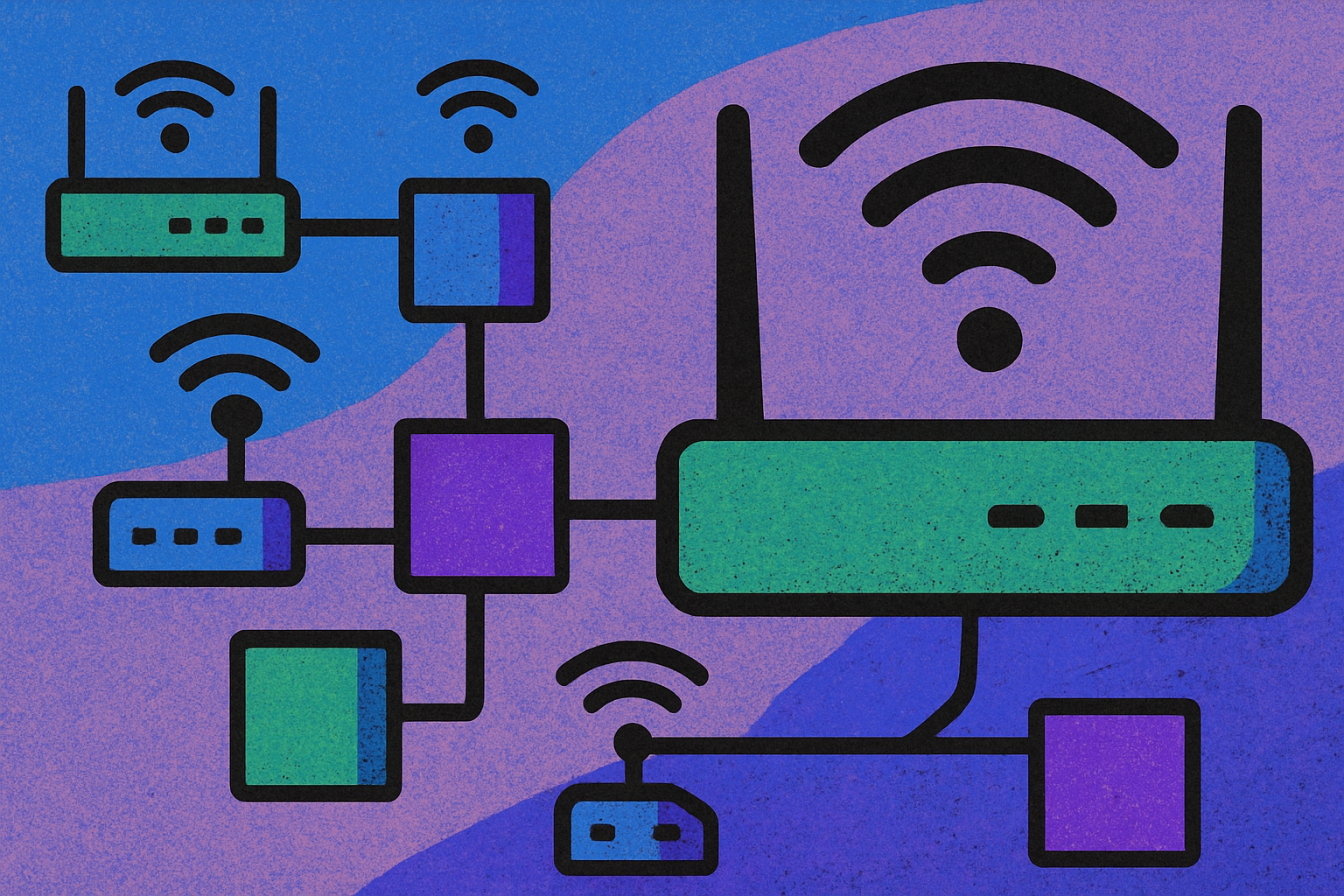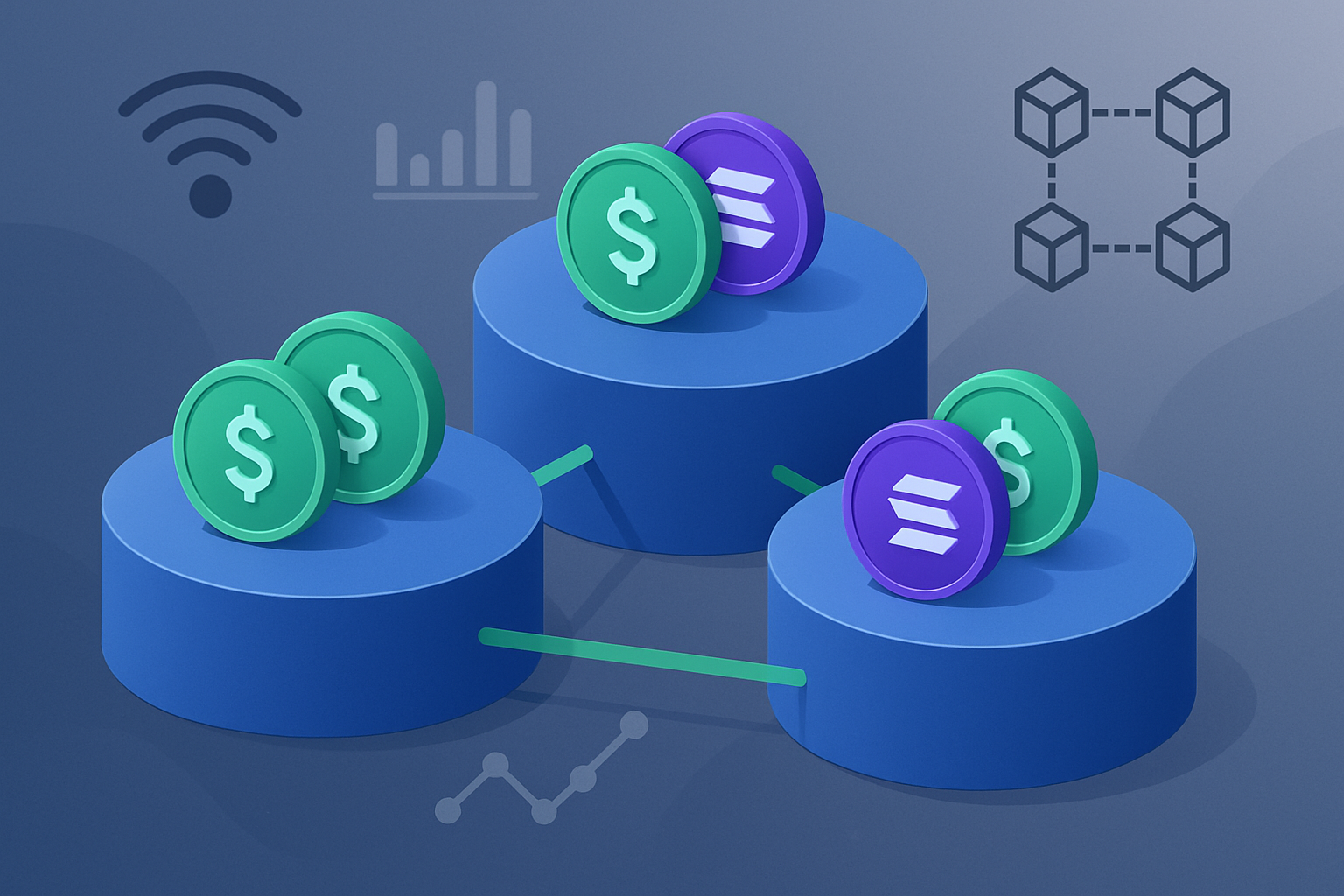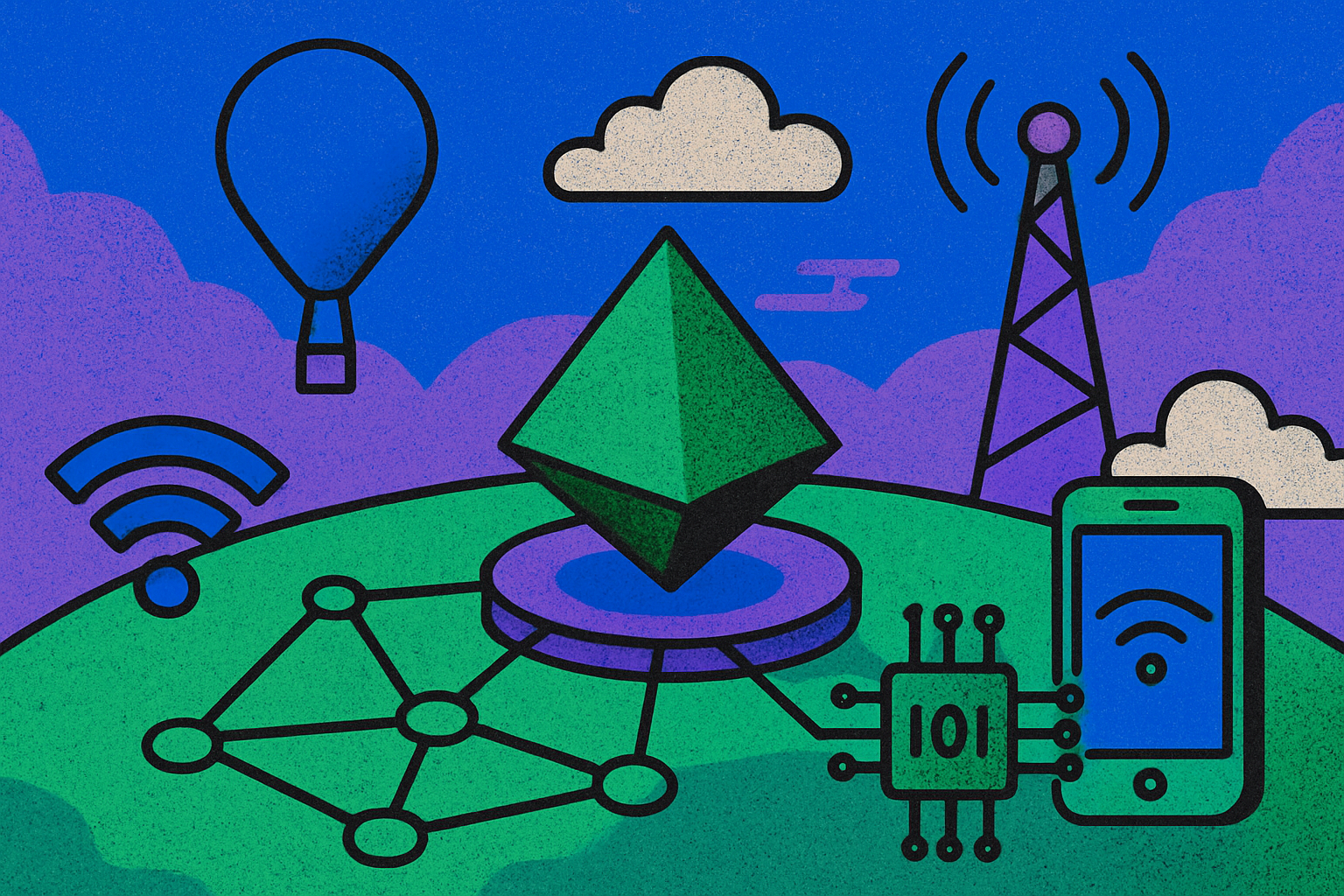
Decentralized wireless is rapidly reshaping the connectivity landscape, and at the heart of this transformation is the Helium Network’s Proof-of-Coverage (PoC) mechanism. Helium’s approach stands out for its ability to incentivize individuals and businesses to deploy wireless infrastructure, enabling a robust, community-powered network for both 5G and IoT applications. But how exactly does PoC verify real-world wireless coverage, and why is it so critical for decentralized networks?
![]()
How Proof-of-Coverage Verifies Real Wireless Infrastructure
The genius of Helium’s PoC lies in using radio frequency (RF) physics as the ultimate arbiter of network honesty. Every Helium Hotspot acts as a mini cell tower, periodically broadcasting a signal known as a beacon. Nearby Hotspots serve as witnesses, detecting these beacons and verifying their authenticity. This process leverages fundamental RF properties: signals weaken with distance squared, can’t be easily spoofed across large areas, and travel at the speed of light.
This cryptographic handshake between Hotspots creates a tamper-resistant record on the blockchain that proves not just that a device is online, but that it’s providing real-world wireless coverage at a specific location. The result? A decentralized, verifiable map of wireless infrastructure that anyone can audit.
The Evolution: Oracled Proof-of-Coverage for Scalability
As Helium’s network has scaled into tens of thousands of Hotspots worldwide, efficiency and reliability have become paramount. Enter Oracled Proof-of-Coverage. In this updated system, specialized Oracles validate PoC events, allowing Hotspots to self-beacon. This reduces network congestion and increases the frequency and reliability of beacon events, meaning more granular and accurate coverage data.
This technical evolution isn’t just about backend improvements; it’s about enabling Helium to support more demanding use cases like decentralized 5G and dense IoT deployments without sacrificing trust or transparency.
Pushing the Frontier: Decentralized 5G Networks with Helium Mobile
Helium’s decentralized 5G network is already operational in select urban markets thanks to partnerships with innovators like FreedomFi. Individuals can deploy 5G Hotspots equipped with CBRS Small Cell Radios, providing local 5G coverage that seamlessly integrates with existing carrier infrastructure. The integration of blockchain means that anyone contributing to network expansion is incentivized through Helium’s HNT rewards mechanism.
This community-driven approach not only lowers deployment costs compared to traditional telcos but also accelerates the rollout of next-generation wireless infrastructure. Operators currently receive HNT tokens for their participation, with the latest market price at $1.97. This aligns incentives across all participants, from Hotspot hosts to end users, creating a self-sustaining ecosystem that rewards real utility.
The Role of LoRaWAN: Powering Helium IoT Connectivity
Beneath the 5G layer lies Helium’s original backbone: IoT LoRaWAN connectivity. LoRaWAN is engineered for long-range, low-power communications, ideal for sensors, environmental monitors, smart meters, and more. Here too, PoC plays a vital role by ensuring that only Hotspots providing verifiable coverage earn IOT token rewards. This model has already enabled a global footprint of community-powered wireless infrastructure that rivals traditional providers in reach and flexibility.
If you’re interested in how these decentralized networks are transforming smart cities and IoT deployments, check out our deep dives at this resource.
What’s particularly compelling about Helium’s Proof-of-Coverage is how it turns the traditional top-down telecom model on its head. Instead of a handful of large carriers dictating where and how wireless infrastructure grows, Helium’s open incentives empower anyone to participate, from tech enthusiasts to small businesses. This democratization is already yielding measurable results: faster network expansion, lower costs, and more granular coverage in both urban and rural areas.
Top Benefits of Helium’s Community-Powered Wireless Networks
-
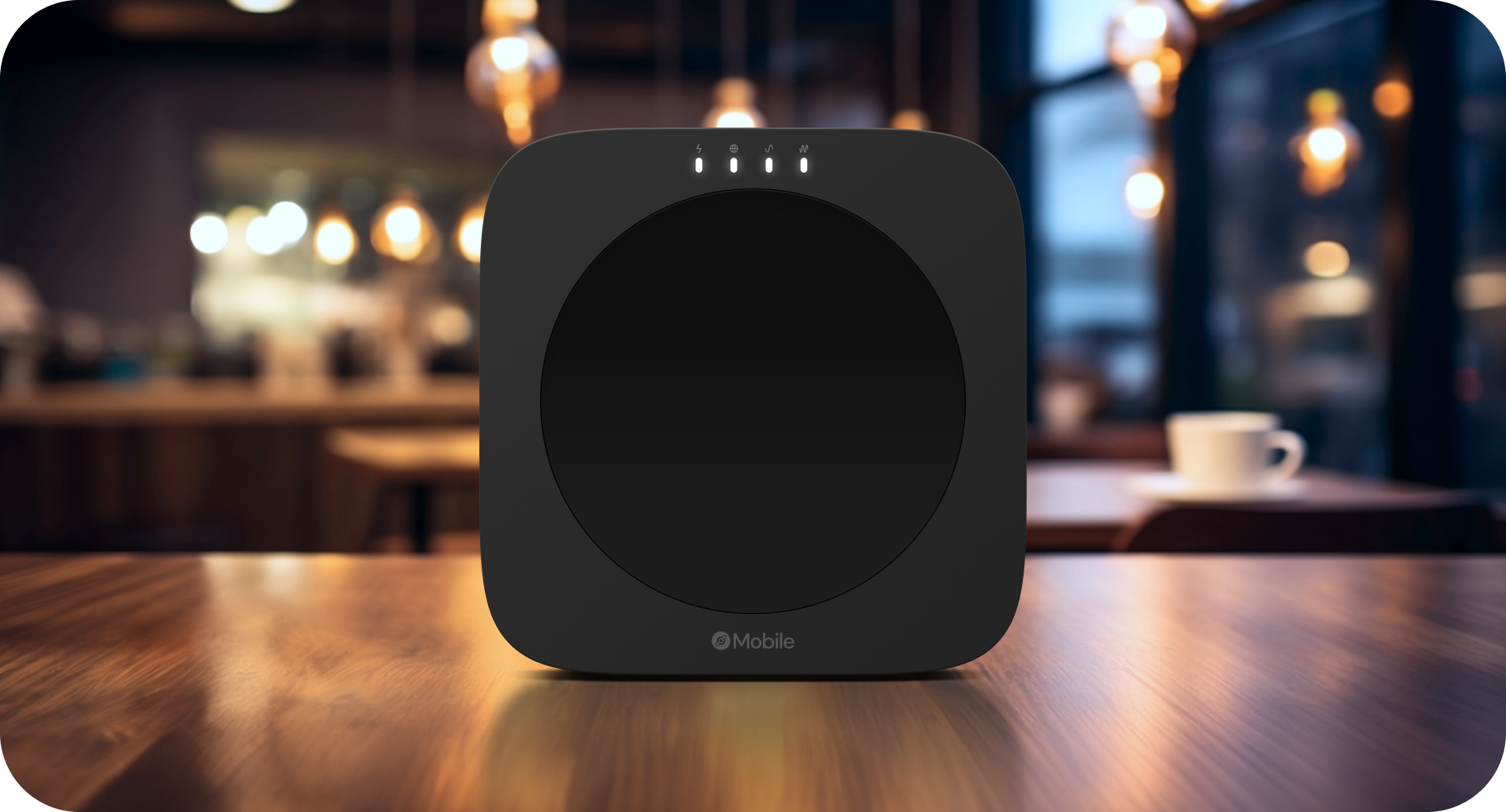
Decentralized Infrastructure: Helium enables anyone to deploy Hotspots, creating a community-owned wireless network for 5G and IoT. This reduces reliance on centralized telecom providers and accelerates network expansion.
-
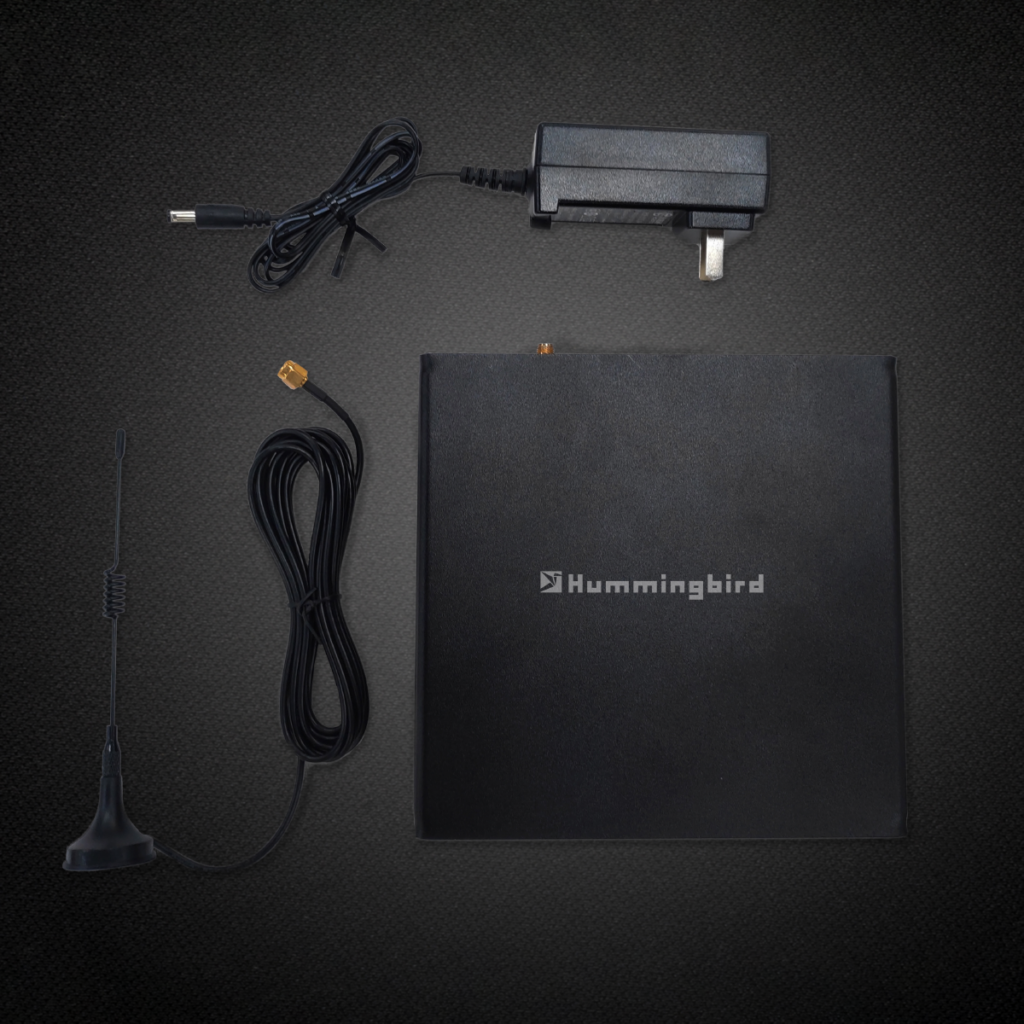
Proof-of-Coverage (PoC) Verification: The network uses PoC to validate real wireless coverage provided by Hotspots, ensuring that only genuine, location-verified coverage is rewarded.
-
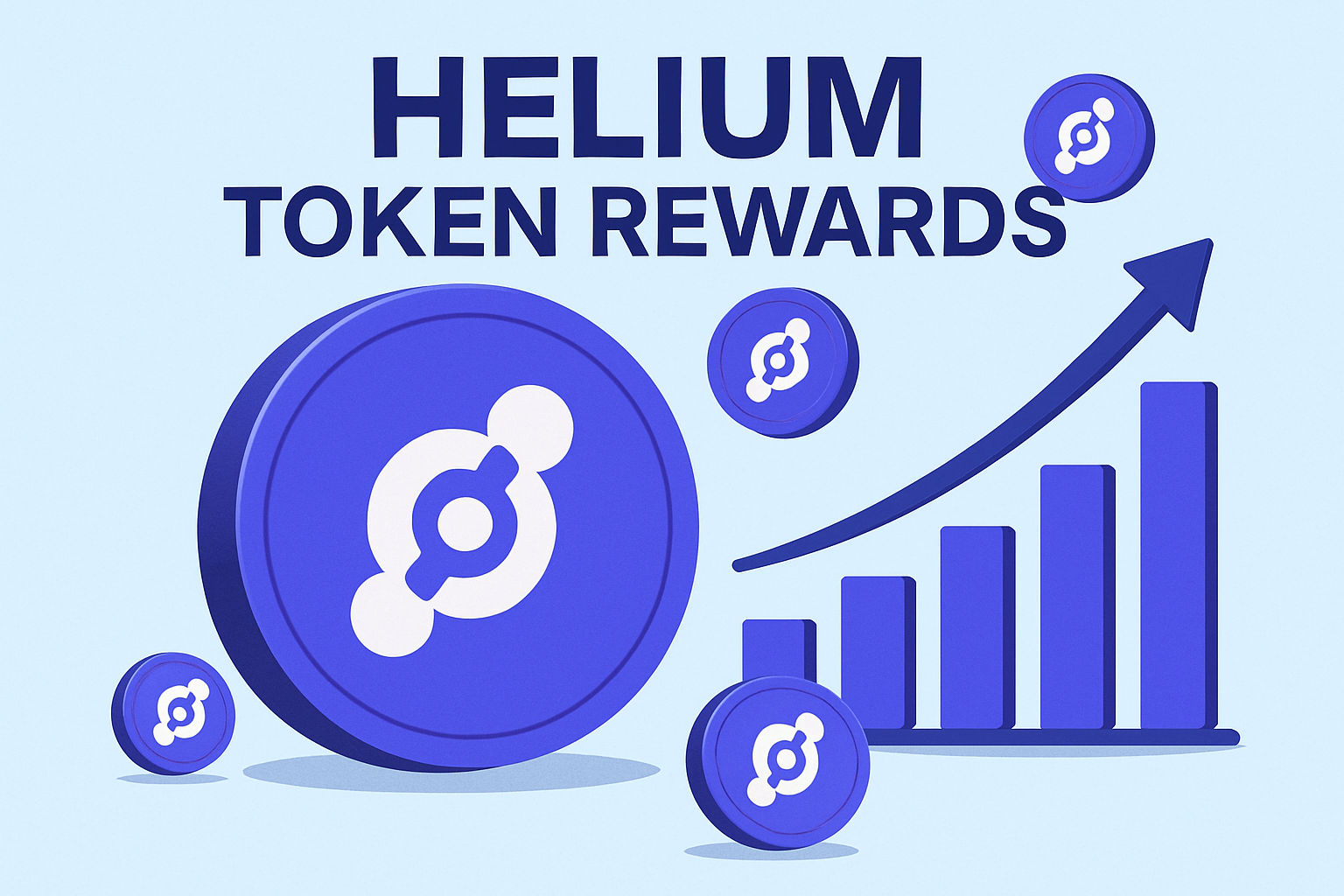
Incentivized Participation: Operators earn HNT, IOT, and MOBILE tokens for providing coverage. As of now, HNT is priced at $1.97, motivating individuals and businesses to join and maintain the network.
-
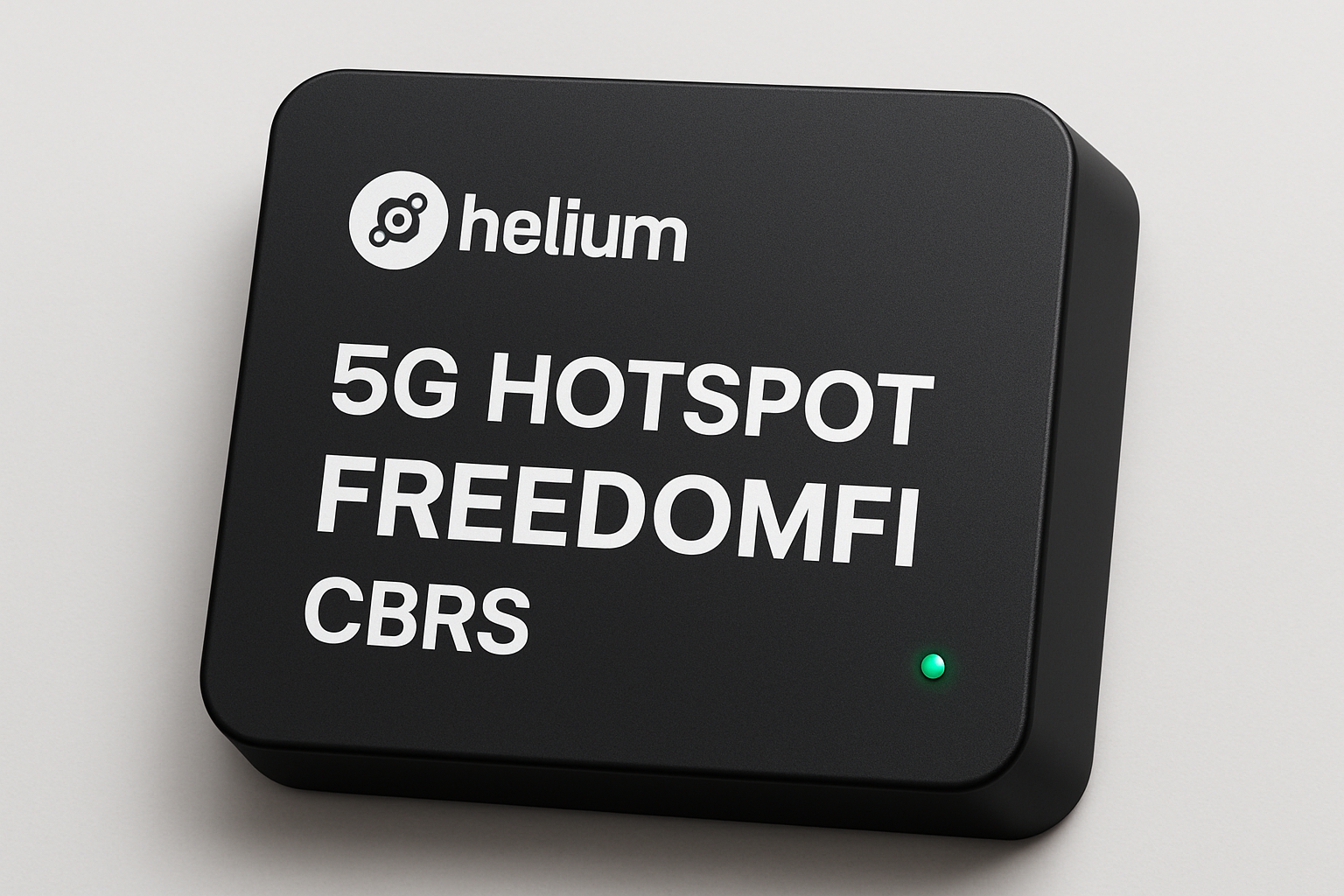
Seamless 5G Integration: Through partnerships like FreedomFi, Helium supports 5G Hotspots with CBRS Small Cell Radios, enabling local 5G coverage that integrates with traditional carrier networks.
-
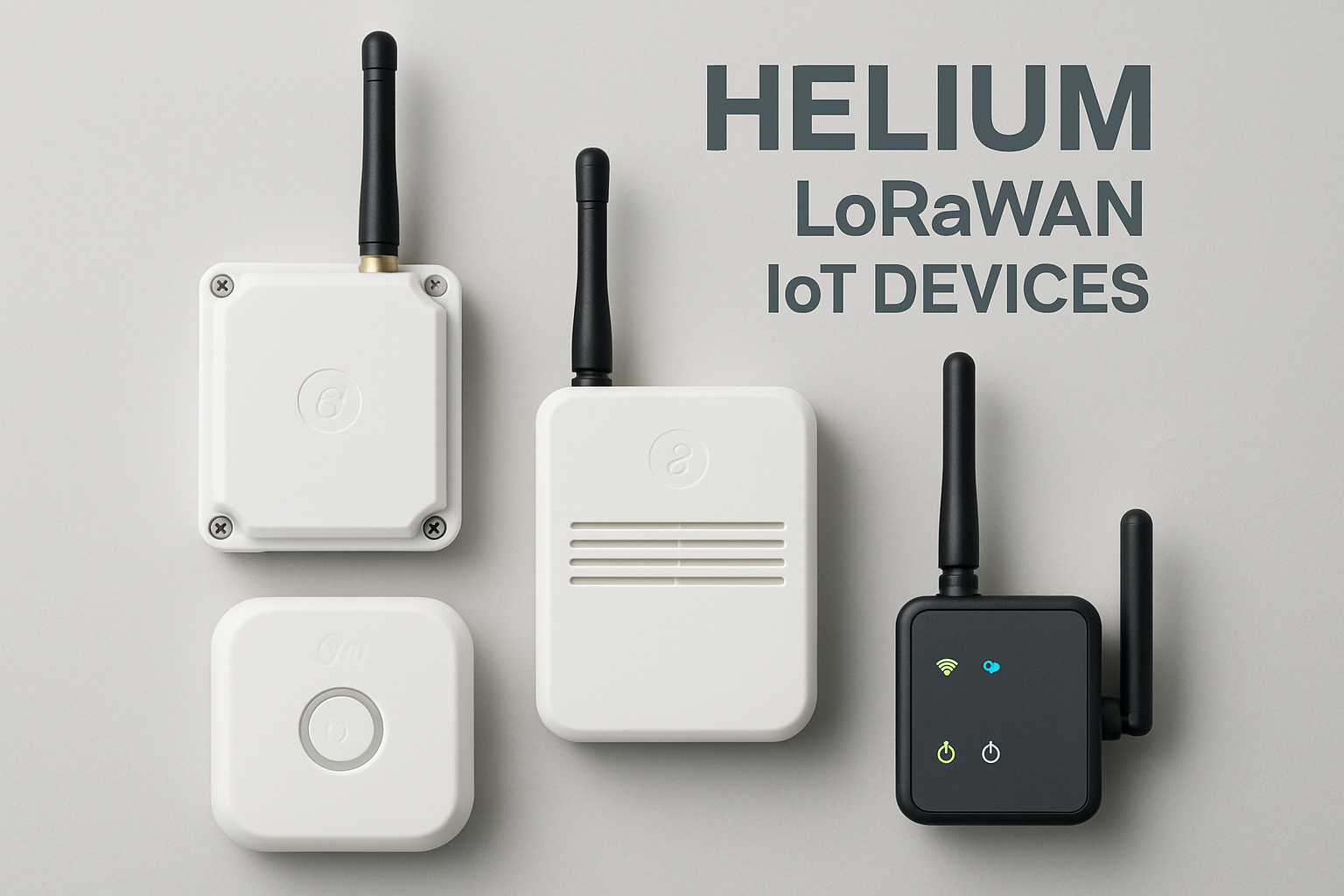
Optimized for IoT Connectivity: Helium leverages LoRaWAN technology for long-range, low-power IoT communication, supporting devices from smart meters to environmental sensors.
-
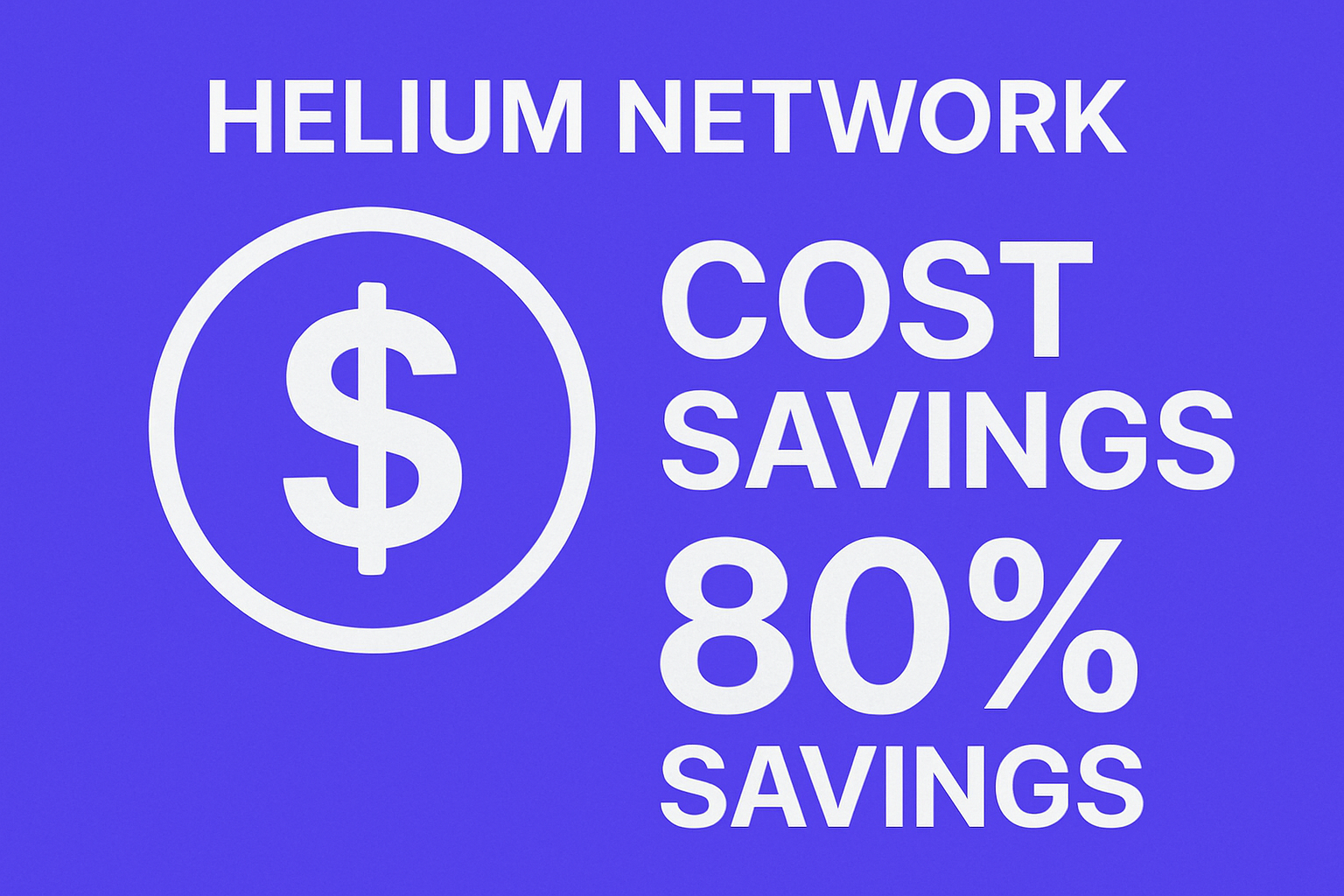
Lower Deployment Costs: Community-powered model and open participation significantly reduce infrastructure costs compared to traditional wireless networks, making coverage more accessible and scalable.
-
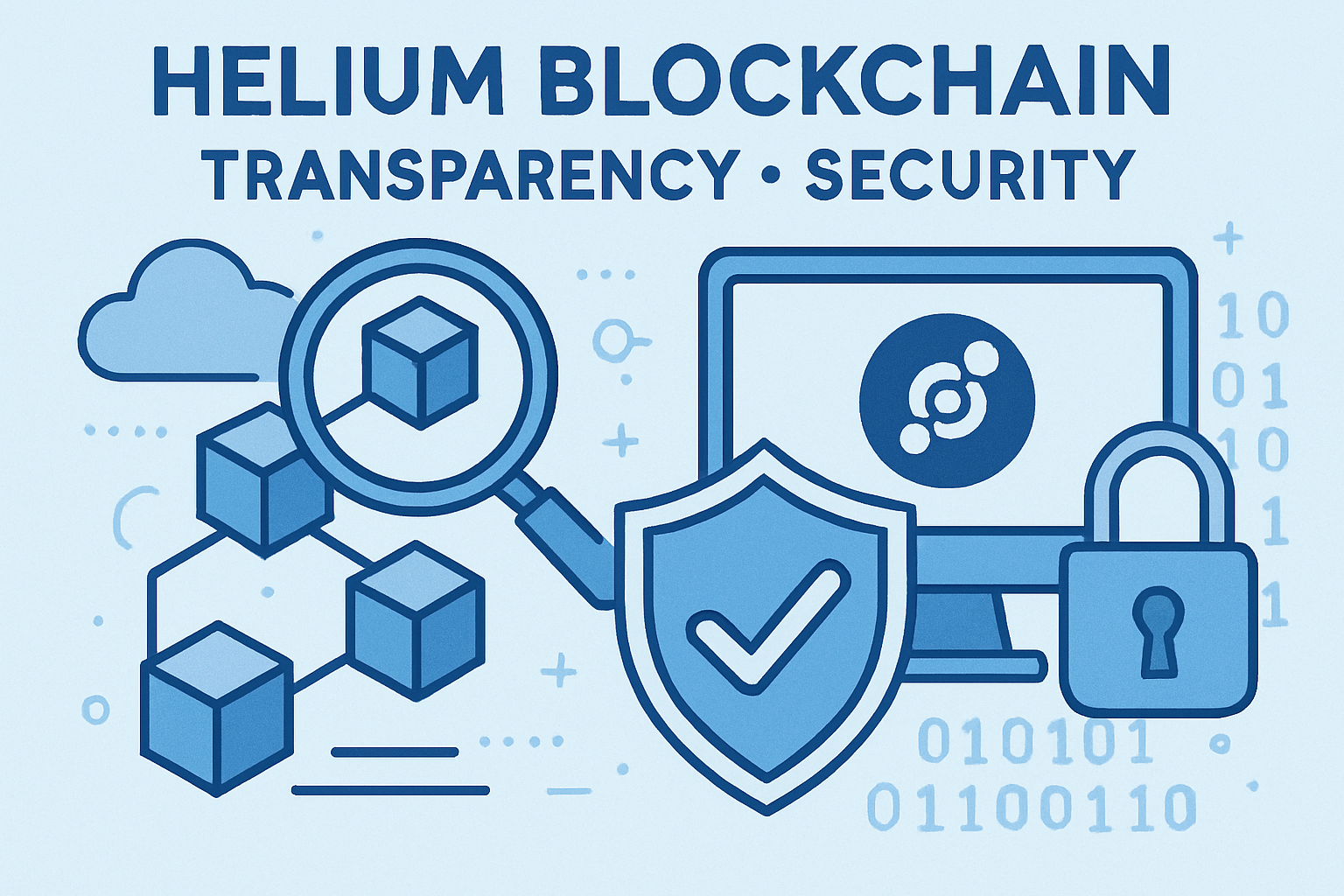
Transparent and Secure Operations: By utilizing blockchain, Helium ensures transparent rewards, secure data validation, and tamper-resistant records for all network activities.
For IoT developers and enterprises, Helium’s decentralized approach means greater flexibility and control. Devices can connect to a network that’s not only more affordable but also more resilient, since coverage is distributed among thousands of independent operators. The PoC mechanism ensures that this network remains trustworthy, with every coverage claim cryptographically verified and publicly auditable on-chain.
Tokenomics in Action: Aligning Incentives for Sustainable Growth
Helium’s multi-token economy is engineered for long-term sustainability. While HNT remains the backbone and is currently trading at $1.97, the introduction of IOT and MOBILE tokens allows for tailored rewards based on the type of coverage provided. This specialization helps balance supply and demand within each subnetwork, making it more attractive for new operators to deploy Hotspots where coverage is needed most.
The result? A virtuous cycle: as more Hotspots come online, coverage improves, attracting more device connections, which in turn drives further rewards and participation. This dynamic has allowed Helium to rapidly scale its decentralized 5G and IoT networks without the capital intensity or slow timelines that plague legacy wireless rollouts.
What’s Next for Decentralized Wireless?
The Helium Network’s evolution is far from over. With Oracled Proof-of-Coverage enhancing reliability and scalability, and the ecosystem expanding into new markets, Helium is positioned at the forefront of blockchain-powered wireless infrastructure. Expect to see even more integration with smart city applications, enterprise IoT deployments, and perhaps even mainstream mobile devices as the network matures.
For those watching the space, keeping an eye on HNT’s price (currently $1.97) and network growth metrics will be essential. As decentralized wireless moves from experiment to critical infrastructure, Helium’s model offers a blueprint for how blockchain can drive real-world utility and economic alignment in connectivity.
To see how these concepts are shaping smart cities today, explore our detailed analysis on real-world deployments.


